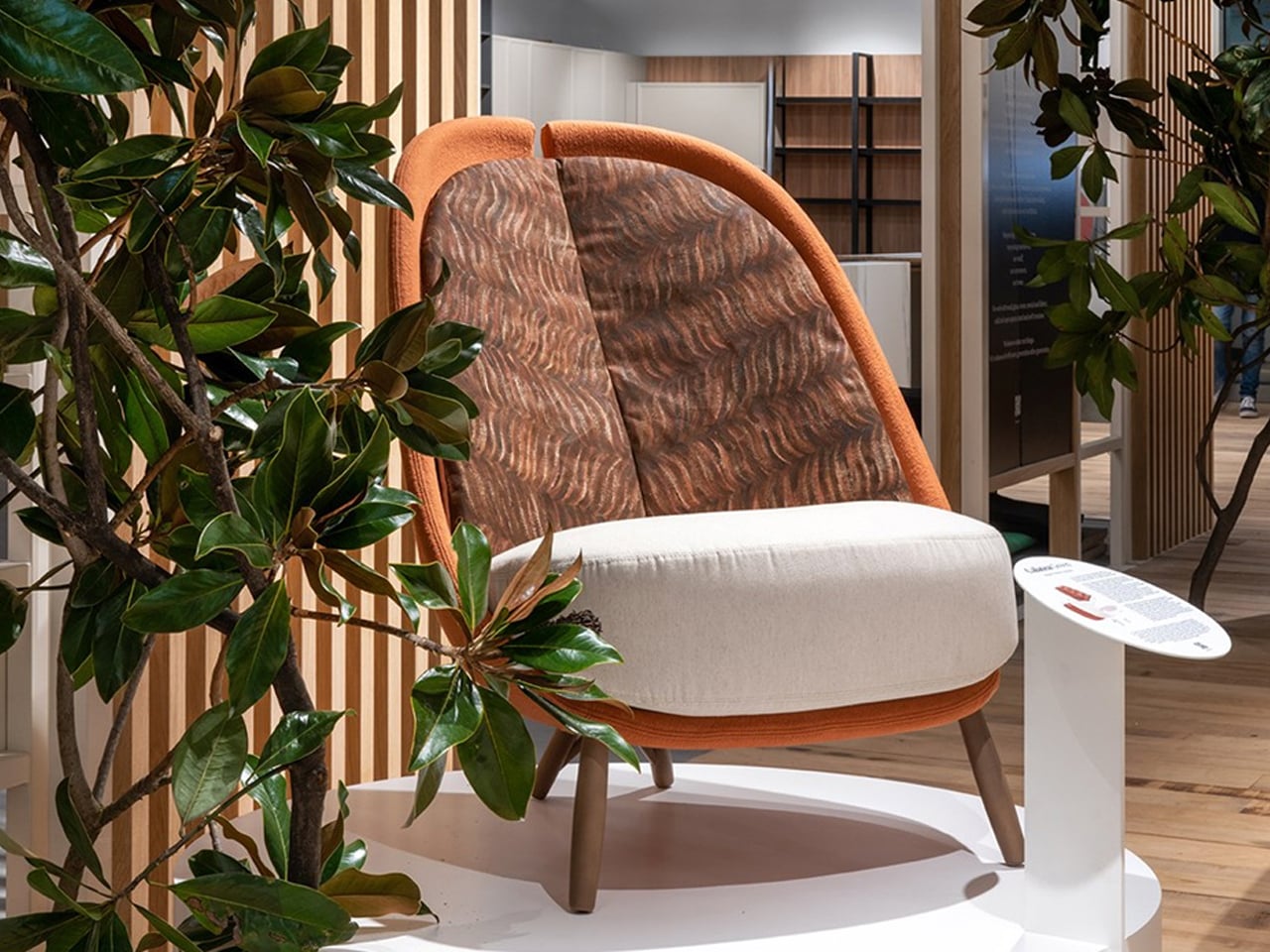
"The circular economy is a sustainable model of production and consumption that aims to reduce waste and extend the life of resources. Unlike the traditional linear system of "take-make-dispose," it promotes a closed-loop approach where materials are reused, repaired, refurbished, and recycled. This model helps conserve natural resources, lowers environmental impact, and supports long-term economic resilience. A recent report indicates that only 6.9% of the 106 billion tonnes of materials used globally each year are recycled."
"Products should be designed with longevity in mind. This means using high-quality, durable materials that can withstand wear and tear over time. A well-made product reduces the need for frequent replacements, helping both the environment and the user's wallet. Equally important is making products easy to repair and update. Components should be simple to access, replace, or upgrade without specialized tools. Modular designs that allow users to adapt items for different uses add even more value."
The circular economy is a sustainable production and consumption model that reduces waste and extends resource life through closed-loop reuse, repair, refurbishment, and recycling. Only 6.9% of the 106 billion tonnes of materials used globally each year are recycled, indicating low material reuse rates. The model emphasizes designing products for longevity, using durable materials and modular designs to enable repair, upgrade, and adaptability. Easy access to components and avoidance of specialized tools improves reparability. Eliminating waste and pollution from the start and enabling fully recyclable mono-material products support conservation of natural resources and long-term economic resilience.
Read at Yanko Design - Modern Industrial Design News
Unable to calculate read time
Collection
[
|
...
]